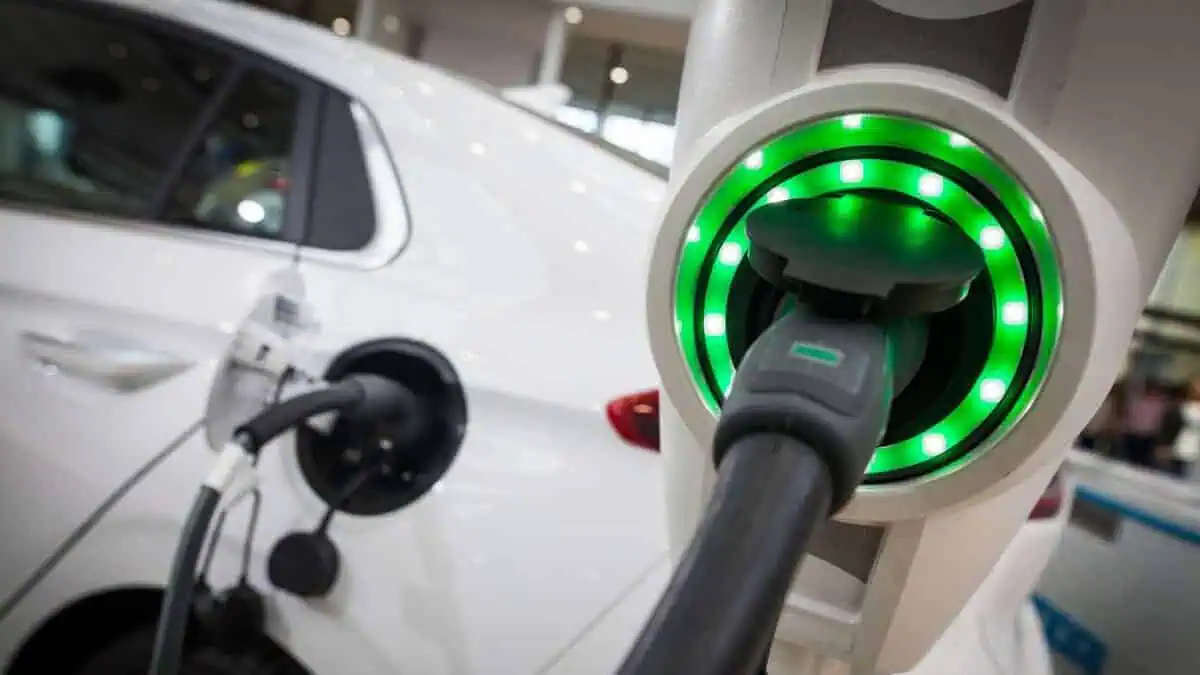The state of Kentucky officially breaks ground at the first electric vehicle DC fast-charging station in the US Southeast funded by the National Electric Vehicle Infrastructure (NEVI) Program on Monday, February 19.
Groundbreaking project
The inaugural NEVI-funded and compliant charging station will rise at Circle K in Richmond, along the Interstate 75 corridor.
The new station will offer locally produced 180 kW ABB E-mobility Terra 184 chargers that also adhere to NEVI technical minimum standards. The project will initially install EV chargers with CCS 1 connectors, followed by NACS plugs in the latter part of the year.
OWL Services, a leader in the EV charging industry, will lead the project development. It will leverage its extensive knowledge and experience to provide power and engineering-related tasks and site preparation. It will also manage the necessary permitting to guarantee the project’s success.
Kentucky aims to deploy up to 16 new NEVI-backed charging stations
The new charging station in Richmond is just a portion of Kentucky’s wider electric vehicle infrastructure plans. The EV Charging Program aims to launch up to 40 new charging stations by 2025. As part of the first phase, the state seeks to deploy up to 16 new NEVI-funded EV charging stations.
According to the report, Kentucky has already selected seven developers to deploy electric vehicle chargers at 24 sites across the state.
The NEVI Program will grant the state of Kentucky almost $70 million under the wider Bipartisan Infrastructure Law.
About NEVI Formula program
The US NEVI Formula program mandates electric vehicle charging station installations every 50 miles and within one travel mile of the “Alternative Fuel Corridor.”
In addition, the funded charging stations must offer a minimum of four ports with plugs that can simultaneously charge four electric vehicles at 150 kilowatts (kW) each. In total, the station power output can generate at least 600 kW.
The NEVI-backed charging stations must also commit to 24-hour public accessibility with restrooms, beverages, food, and shelter amenities.
All these efforts are part of the US strategy to support the growing number of electric vehicles. It can significantly aid the wider uptake of more sustainable mobility, potentially alleviating the prevailing “range anxiety” among existing electric vehicle owners.






